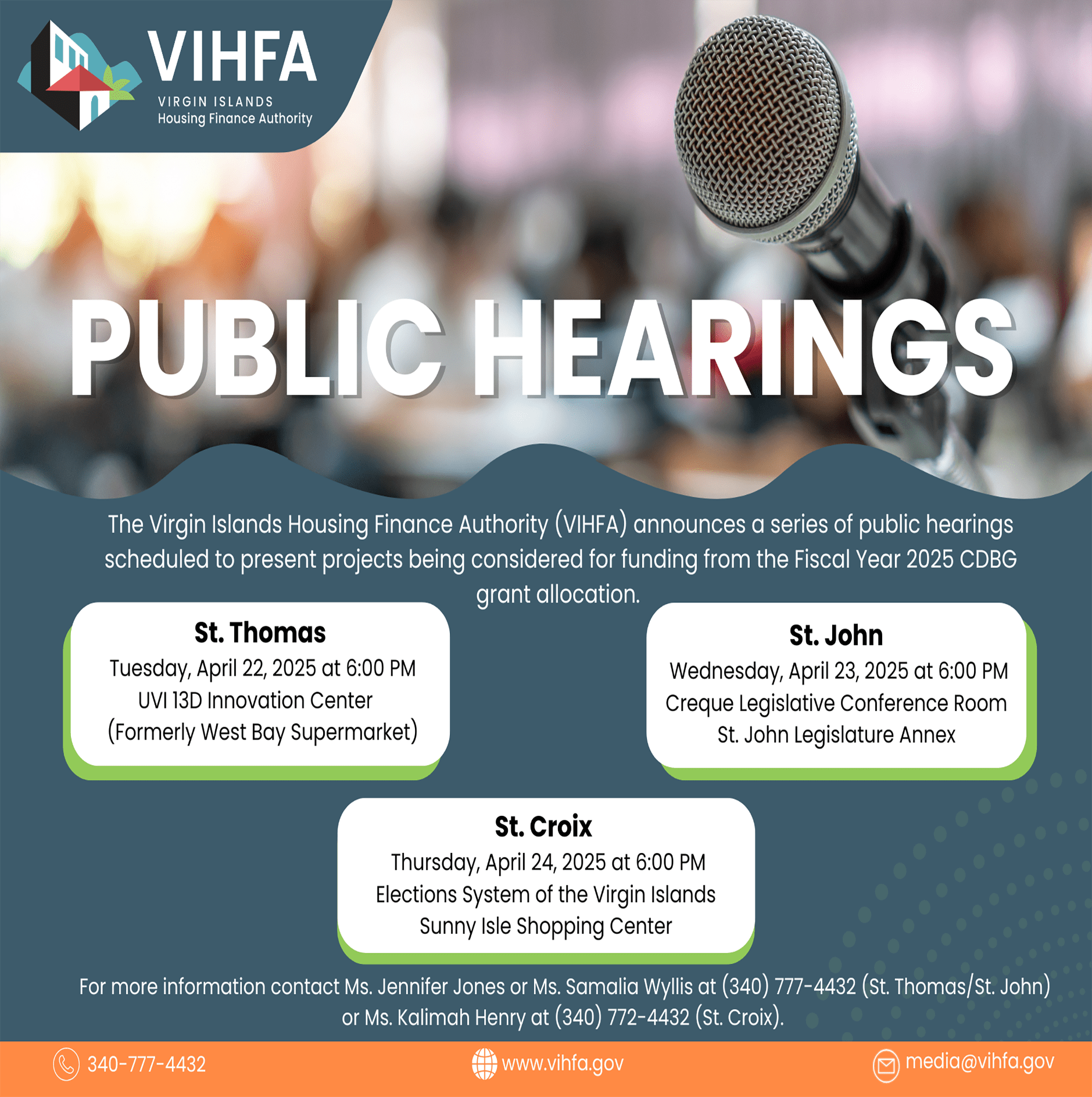While island residents know from past experience it only takes one bad hurricane a season to upend life as they knew it, Colorado State University researchers are hopeful about the upcoming season that starts June 1. They’re predicting a well below-average hurricane season thanks to the likely development of a moderate to strong El Niño event as well as anomalous cooling of the tropical and sub-tropical Atlantic, the team said Thursday in a press release.
The team is calling for seven named storms during the Atlantic hurricane season. Of those, researchers expect three to become hurricanes and one to reach major hurricane strength with sustained winds of 111 miles per hour or greater.
The long-term median for named storms stands at a dozen, with 6.5 of them becoming hurricanes. Of those, the long-term average puts the number of major storms at two.
According to the Colorado State team, so far, the 2015 season is exhibiting characteristics similar to the 1957, 1987, 1991, 1993, and 2014 hurricane seasons, all of which had below-normal activity, said Phil Klotzbach, lead author of the report.
“The tropical Atlantic has anomalously cooled over the past several months, and the chances of a moderate to strong El Niño event this summer and fall appear to be quite high,” Klotzbach said. “Historical data indicate fewer storms form in these conditions.”
The team predicts that 2015 tropical cyclone activity will be about 45 percent of the average season. By comparison, 2014’s tropical cyclone activity was about 75 percent of average.
The report also includes the probability of major hurricanes making landfall in the Caribbean. They put the probability of one hitting somewhere in the Caribbean at 22 percent. The average for the last century stands at 42 percent.
The forecast team also tracks the likelihood of tropical storm-force, hurricane-force and major hurricane-force winds occurring at specific locations along the coastal United States, the Caribbean and Central America through its Landfall Probability website (http://www.e-transit.org/hurricane).
The site provides information for all coastal states as well as 11 regions and 205 individual counties along the U.S. coastline from Brownsville, Texas, to Eastport, Maine.
Landfall probabilities for regions and counties are adjusted based on the current climate and its projected effects on the upcoming hurricane season.
The CSU forecast is intended to provide a best estimate of activity to be experienced during the upcoming season, not an exact measure.
The CSU team will issue forecast updates on June 1, July 1 and Aug. 3.
The team bases its forecasts on more than 60 years of historical data that include Atlantic sea surface temperatures, sea level pressures, vertical wind shear levels (the change in wind direction and speed with height in the atmosphere), El Niño (warming of waters in the central and eastern tropical Pacific), and other factors.
This is the 32nd year that CSU researchers have issued the Atlantic basin season hurricane forecast. William Gray launched the report in 1984.










